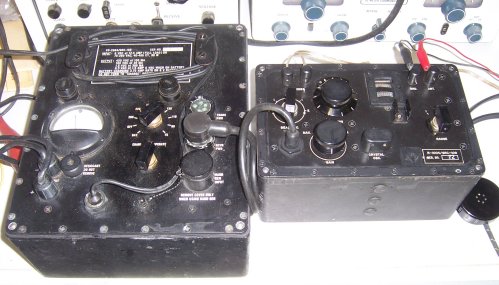Just about everybody in the free world was disgusted by this news story, which describes a 15-year-old Pennsylvania boy with learning disabilities who was arrested and threatened with a felony for recording a video of several bullies who were taunting him. Go back and read that again. The school did nothing to discipline the bullies, but wanted to make a felon of the victim. The Wrath of Net then fell upon the worthless school, and without admitting what they’d done, they were kind enough to let the vicious, special-needs student slide. For filming the bullies who were tormenting him.
What the hell is going on here?
My first thought was that the bullies were school sports heroes. We inexplicably idolize jocks, and cut them a great deal of slack even when they’re being insufferable jerks. Ending team sports in schools would go a long way toward eliminating this problem, as I’ve suggested before. Well, I thought about it a little more and changed my mind. No, there’s more at stake here. Much more. And this is one time where I could have predicted it 22 years ago, but didn’t. My bad.
Back when I was editing PC Techniques/Visual Developer I wrote a number of editorials describing my vision of the computing future. I scored a few hits and a fair number of misses. I pretty much predicted Wikipedia in 1994. In 1992 I also predicted wearable computing, in the form of the Jiminy, a lapel-pin computer with 256 cores and 64 TB of storage. The Jiminy has imagers, and enough storage to record literally weeks of video. And all I could think to do with it is create a P2P network for passing queries around.
Silly boy. Readers tut-tutted my failure of imagination, and in the next issue of PC Techniques I went far beyond the Jiminy, and in an essay called “Computers, Like Dirt” I postulated free-range imaging nanocomputers the size of dirt particles. I don’t have that editorial OCRed and laid out yet, but here’s the last 200 words:
“Naked” nanocomputers will certainly have their uses. Imagine a device the size of a particle of dirt with one face an image sensor. The rest of the device is a bucket-brigade image storage system that stores millions of images, clocking in a new one every second, or minute, or hour, in effect taking “movies” lasting hours, days, or years. Now imagine untold trillions of these little camcorders released into the environment and carried by the winds to every corner of the earth.
No matter where you go, the very dirt on the street is taking your picture. Even in your own home, the dust that Mr. Byte tracks in watches your arguments, your deceits, literally your every move, at 5000 X 5000 resolution.
Want to solve a crime? Go back to the murder site and dig a thimbleful of dust from several points, and you’ve got millions of movies of the murder as it happened. Rob a bank and the dirt on the floor convicts you. Cleanliness is statistical; no matter how clean an environment, the dust is there somewhere.
Nanocomputers could make it impossible to commit crimes of any sort undetected…or to keep secrets of any kind at all. Virtue imposed by the dust on the wind: How’s that for an endpoint to the evolution of computing?
Scared yet? I wasn’t back in 1992…probably because I assumed I’d be dead long before anything like this came about. But now we’ve got Google Glass, dashcams, copcams, and lots of other mechanisms that basically do nothing but sit around taking pictures all…the…time.
This is what the schools are afraid of. And as much a critic as I am of knuckleheaded public school administrators, I can almost feel their pain here. Nearly everybody has some bitch about our schools and colleges, all of them different, but every one a complaint. The schools are afraid we’ll sue them for doing something, or doing nothing, where “nothing” and “something” embrace everything. Nor are lawsuits necessary. If thousands of students each with hundreds of friends begin to engage in Internet vigilantism, the schools cannot help but lose, and lose big. If every student has a Jiminy on their lapels and a legal right to take pictures of everything that goes on around them, there will be no dodging administrator or teacher misfeasance or malfeasance. Even if the schools get such things outlawed (which they will desperately try to do, and in some places like Pennsylvania they already have) illicit videos of bullies and misbehaving admins or teachers will reach the Net and thus become eternal. Education as a whole would change radically.
As would a lot of other things, few of which I (or anyone else) can predict. I may leave it to your imagination. I will go out on a limb and postulate a quieter, more deliberate, and much more polite sort of world, because no behavior could ever be reliably hidden. I doubt it’ll happen while I’m still around, but by Jiminy, we’re moving slowly but inexorably in that direction. Better behave, guys–because everybody will be watching.













